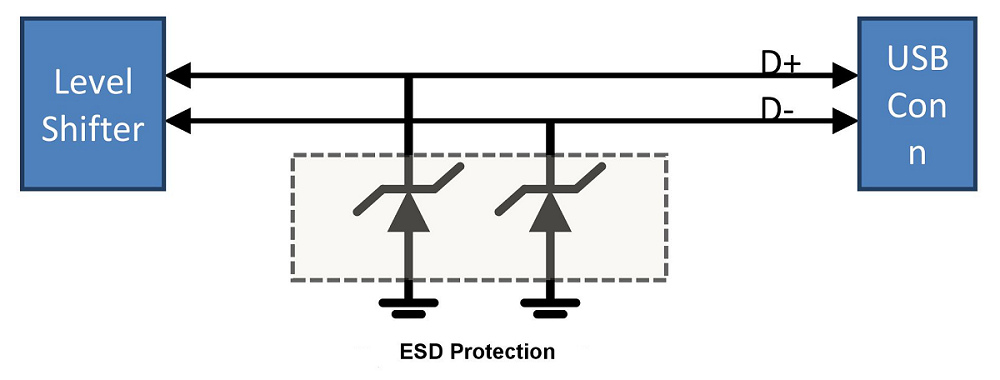
_JPG_2.jpg)
I combined one of these with an old power supply from a BT VDSL2 modem I had lying around. To do this I found a set of breadboard power supplies on Amazon that were £10.59 for 5. So I figured I would inline a 3.3v supply. The Digilent device doesn’t provide power to the hardware at all. It should be noted that the newer JTAG-HS3 probably isn’t compatible and doesn’t have a connector for the standard 6-pin layout. Not only that but I could use the version in the Debian/Ubuntu repositories instead of the custom version for Raspberry Pis. I found the Digilent JTAG-HS2 on RS and figured out it was compatible with xc3sprog using the cable type jtaghs2. The Solutionsįirst of all I decided to buy a reliable, dedicated Xilinx programmer that was still compatible with xc3sprog.


The final problem to solve was having to constantly solder 6 pin connectors on to boards just to do one-time programming. I ended up solving this by plugging boards into an Amiga, powering up and letting the board’s own regulator power the Xilinx (making sure the 3.3v line isn’t connected up to the Pi). Exactly the same board revision but I’m guessing they have changed the regulator or something similar because it could no longer provide enough power to run the Xilinx chip to program it. I gave away my Pi Zero recently and bought a newer one. These were beginning to degrade and I was considering building a more permanent solution. But there is no dedicated cable for the GPIO to become a JTAG so I’ve been using individual jump wires for a while. It can power the Xilinx 3.3v from its own regulator and is very fast at programming. So, the Raspberry Pi method is really good for small one-off projects. But I’ve had a few issues with it so I decided to upgrade my programmer. In a previous post I mentioned how to build a Xilinx programmer using a Raspberry Pi Zero for their basic XC9500XL CPLD range.


 0 kommentar(er)
0 kommentar(er)
